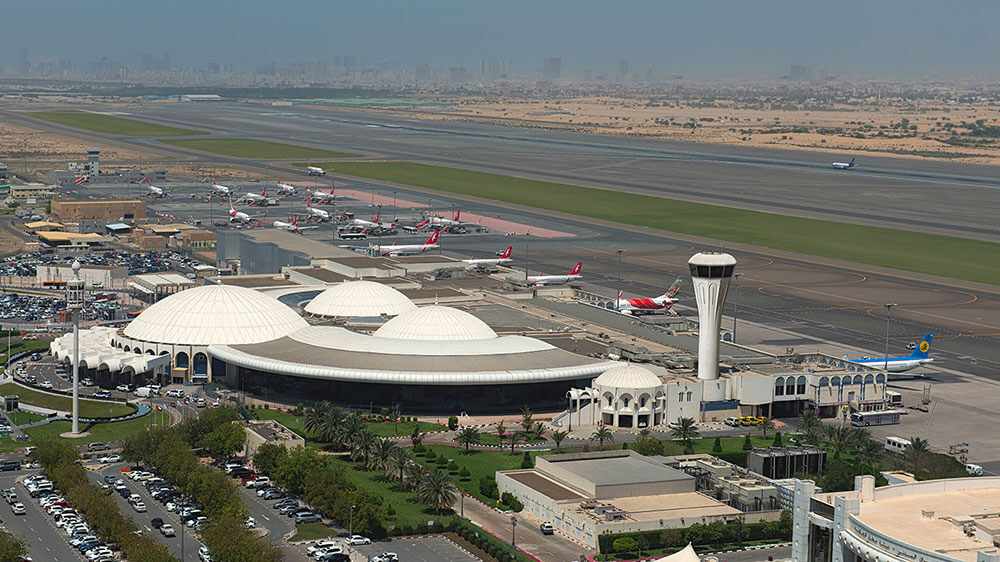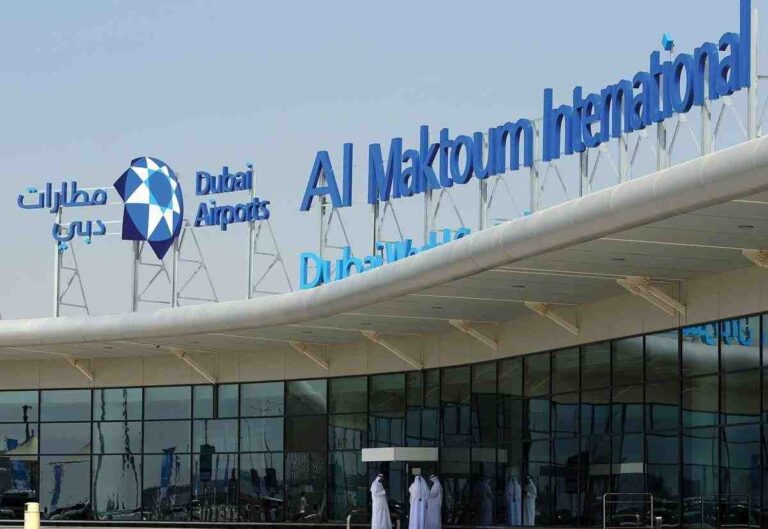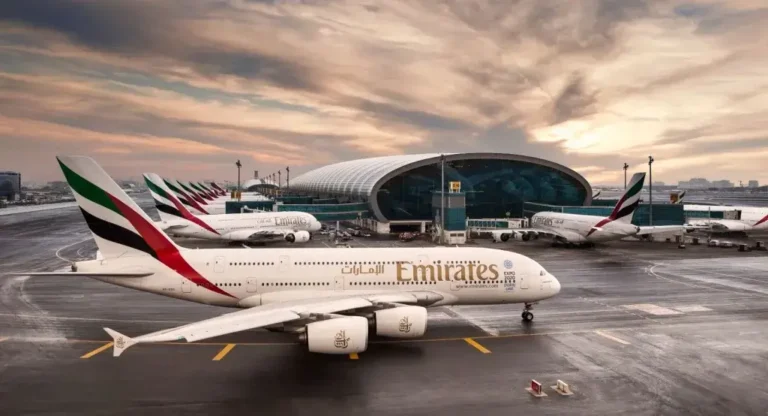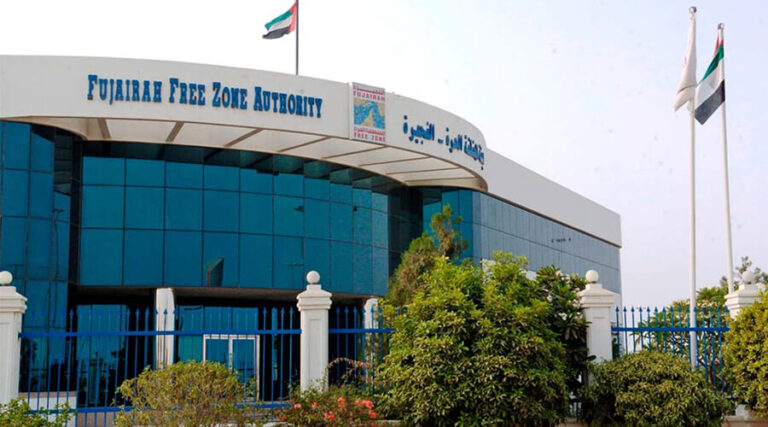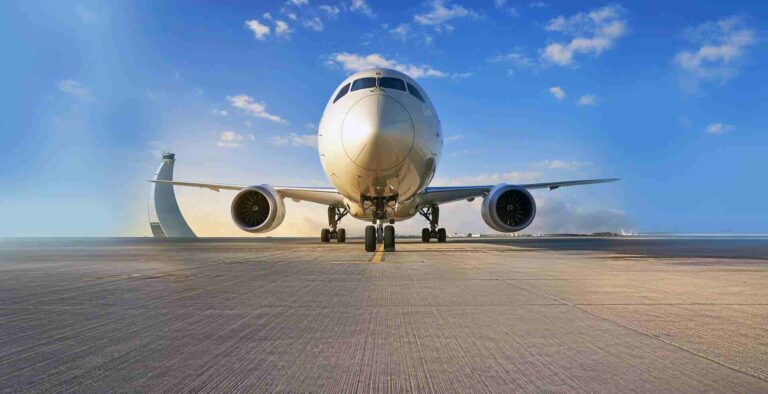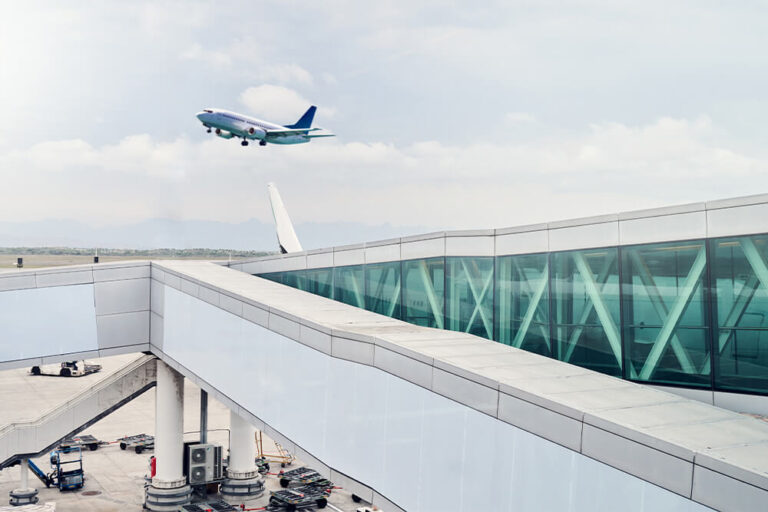Sharjah International Airport, UAE — The Heart of Sharjah’s Global Connectivity
Sharjah International Airport (IATA: SHJ, ICAO: OMSJ) stands as one of the UAE’s most strategically significant air gateways, connecting millions of travelers across continents. Located about 13 km east-southeast of Sharjah City, the airport is not just a transportation hub — it’s a symbol of Sharjah’s evolution from a historic trading port into a global logistics and travel powerhouse.
A Gateway That Powers the UAE’s Northern Emirates
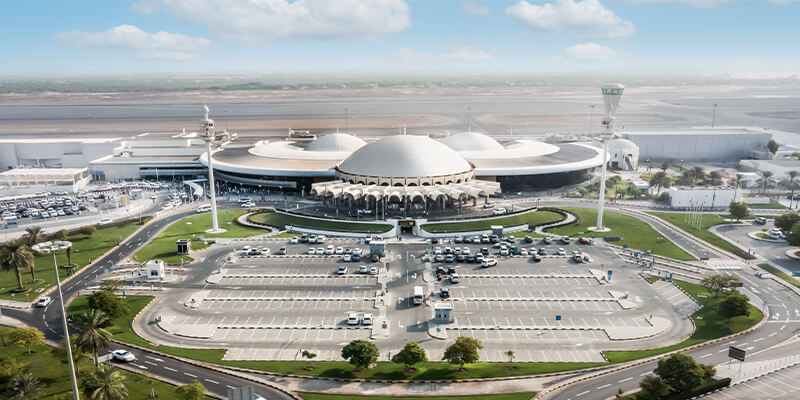
In a nation known for its world-class aviation infrastructure, Sharjah International Airport occupies a distinct position. It is the third-busiest airport in the UAE and among the top ten in the Middle East, handling both passengers and a substantial volume of air cargo. Spread over 15.2 million square meters, the airport serves as a vital economic artery for Sharjah and its neighboring emirates.
By 2027, expansion plans are expected to boost its annual passenger capacity to 25 million, reflecting Sharjah’s growing importance in regional and international air travel.
From RAF Sharjah to a Modern Aviation Landmark
The roots of Sharjah International Airport trace back to RAF Sharjah, the first airport in the UAE and the Arabian Gulf, established in 1932. Initially built for Imperial Airways, it played a crucial role during the British era and later served as a Royal Air Force base until December 1971.
With Sharjah’s urban development expanding rapidly, the government relocated the airport to a larger site east of the city. The new Sharjah International Airport officially opened on December 31, 1976, marking a new era for civil aviation in the emirate. Interestingly, the old airfield has been transformed into the Al Mahatta Museum, preserving the city’s aviation heritage. The former runway now forms part of King Abdul Aziz Street, blending history with modern city life.
Home of Air Arabia — The Region’s Low-Cost Aviation Pioneer
Sharjah International Airport is best known as the headquarters of Air Arabia, the first and largest low-cost carrier in the Middle East and North Africa (MENA) region. From this base, Air Arabia connects travelers to more than 170 destinations across Asia, Africa, and Europe.
The airline’s headquarters and operational facilities are located within the Sharjah Freight Center, reinforcing the airport’s role as both a passenger hub and a logistics powerhouse.
Cargo and Freight Excellence
Beyond passenger travel, Sharjah International Airport is a top-tier cargo hub. According to Airports Council International (ACI), it ranked as the third-largest airfreight hub in the Middle East, handling over 586,000 tonnes of cargo in 2015 — a 16.1% year-on-year increase.
Its advanced cargo terminals, supported by Sharjah Aviation Services, ensure smooth handling of global freight, making it a preferred choice for logistics companies serving the Gulf region, Africa, and South Asia.
Modern Facilities and Passenger Services
Sharjah International Airport combines modern infrastructure with cultural and religious inclusivity — a hallmark of the emirate’s identity.
- Passenger Terminal: Covering 125,000 m², it offers efficient immigration, check-in, and baggage services.
- Runway: The single asphalt runway measures 4,060 meters long and 60 meters wide, accommodating all major aircraft, including the Airbus A380.
- Prayer Rooms & Mosques: Dedicated prayer rooms are available in both Arrivals and Departures, along with mosques in the East and West Cargo Terminals (3 and 4).
- Financial Services: Banks, ATMs, and currency exchange counters operate 24/7 to support travelers.
- Travel Agency: The Sharjah Airport Travel Agency (SATA), founded in 1985 and owned by the Sharjah Airport Authority, manages multiple branches across the UAE, including one inside the terminal.
Strategic Location and Accessibility
Situated between Dubai and the Northern Emirates, Sharjah International Airport offers seamless connectivity for residents and travelers who prefer a quieter yet efficient alternative to Dubai International Airport (DXB).
A taxi from Dubai to Sharjah Airport typically takes 30–45 minutes, depending on traffic, making it a convenient option for travelers flying with Air Arabia or connecting to destinations across Asia and the Middle East.
Historical Highlights
- 1976: Official inauguration of Sharjah International Airport.
- 1977: The Concorde 202 G-BBDG landed at Sharjah during a test flight — a historic milestone for the emirate.
- 1990–1991: The airport hosted the U.S. Air Force’s 926th Tactical Fighter Group during Operation Desert Shield/Storm, flying A-10 Thunderbolt II aircraft in support of coalition operations.
The Role of Sharjah International Airport in the UAE’s Future
Sharjah International Airport’s ongoing expansion reflects the emirate’s broader vision to balance economic growth, sustainability, and cultural heritage. Its integration with the Sharjah Airport Free Zone (SAIF Zone) strengthens the city’s position as a regional business and logistics hub, attracting global enterprises in manufacturing, aviation, and trade.
For travelers, the airport offers a quieter, faster, and more affordable experience — aligning with Sharjah’s reputation as the Cultural Capital of the Arab World and a city that celebrates accessibility and inclusivity.
Sharjah International Airport Contact Information
- Official Website: www.sharjahairport.ae
- Phone: +971 6 558 1111
- Email: info@sharjahairport.ae
- City: Sharjah, UAE
- Opened: 1977
- IATA Code: SHJ
- ICAO Code: OMSJ
- Operator: Sharjah International Airport Authority
Frequently Asked Questions (FAQ)
Which city is Sharjah International Airport located in?
Sharjah International Airport is located in Sharjah, one of the seven emirates of the United Arab Emirates (UAE). It lies about 13 km east of the city center.
Is Sharjah International Airport part of Dubai?
No, the airport is not in Dubai. It is located in the neighboring emirate of Sharjah, though it’s just a short 30–45-minute drive from Dubai depending on traffic.
How much does a taxi from Dubai to Sharjah Airport cost?
A taxi ride typically costs AED 70–120, depending on the time of day, route, and pickup point in Dubai.
Which is better — Dubai International Airport or Sharjah International Airport?
Both airports offer excellent facilities. Dubai International Airport (DXB) handles more global flights and premium airlines, while Sharjah International Airport (SHJ) is favored for budget travel, quicker processing, and its connection to Air Arabia’s extensive route network.
What are the expansion plans for Sharjah International Airport?
By 2027, Sharjah International Airport aims to handle 25 million passengers annually, with upgraded terminals, digital infrastructure, and improved cargo handling systems.
- 410 Bus Timetable, Route & Complete Guide for Abu Dhabi (UAE) - November 25, 2025
- Dubai Vehicle Licensing Services Integration, UAE: How RTA’s Digital Transformation Is Redefining Mobility - November 25, 2025
- Driver Affairs: Empowering the Backbone of UAE’s Road Network - November 25, 2025

